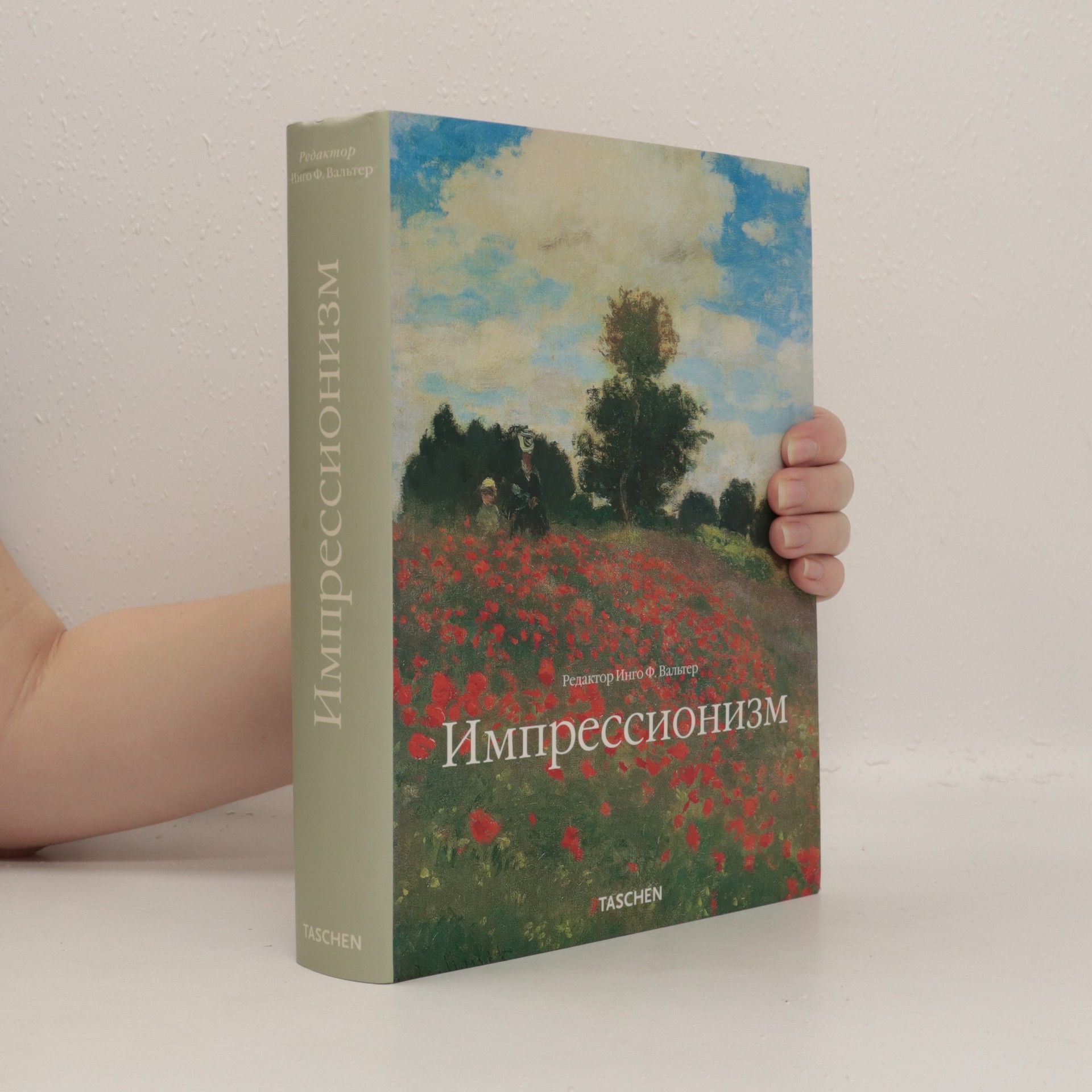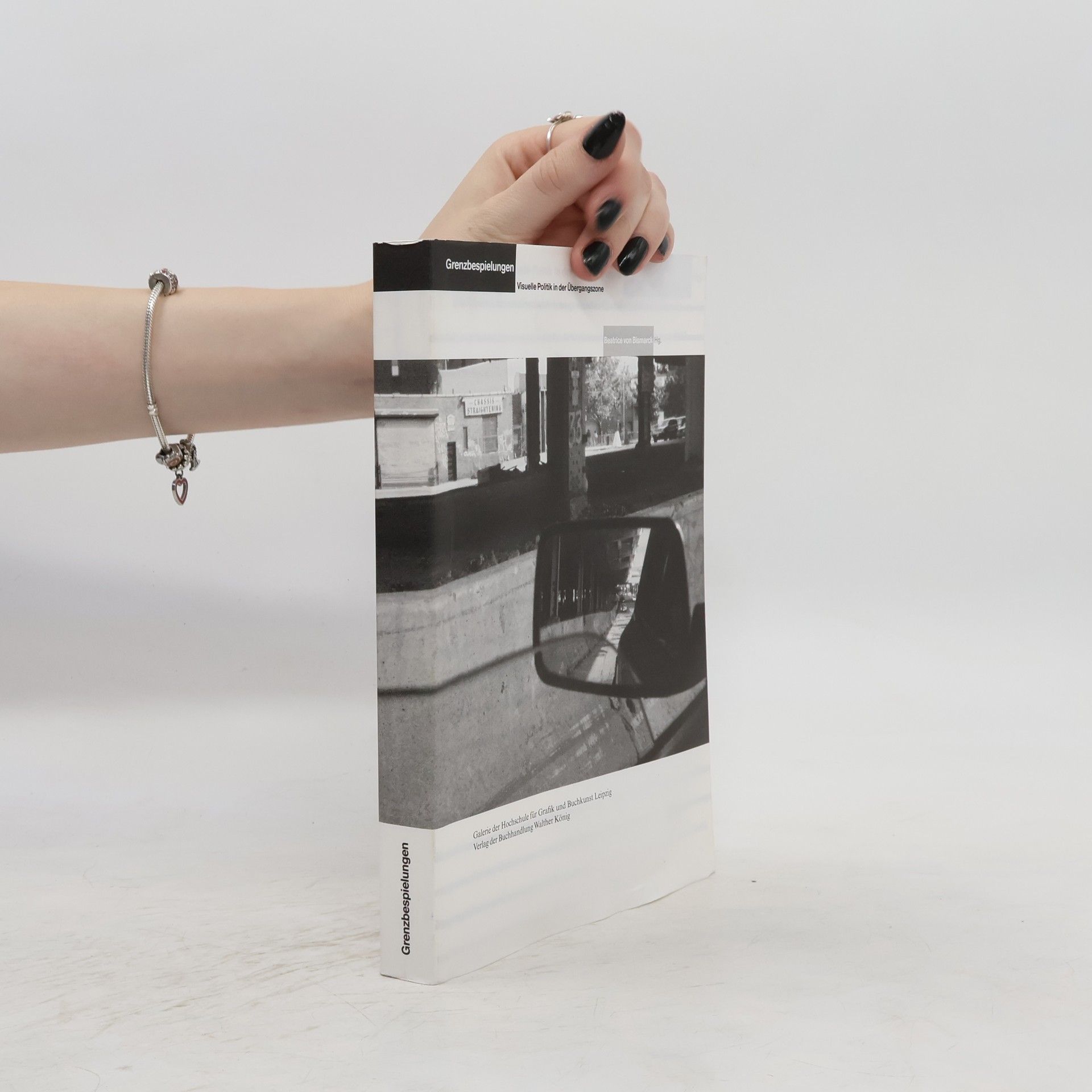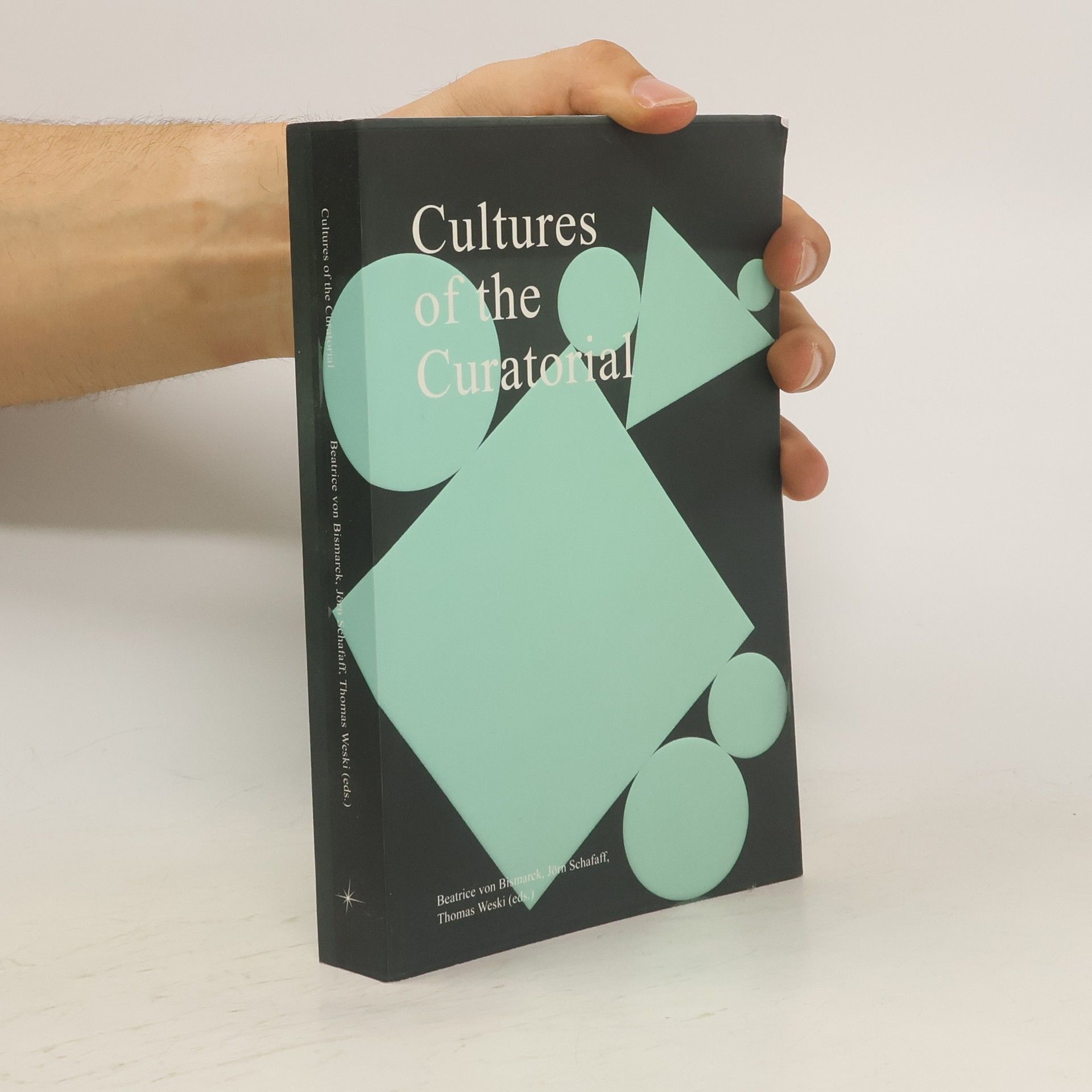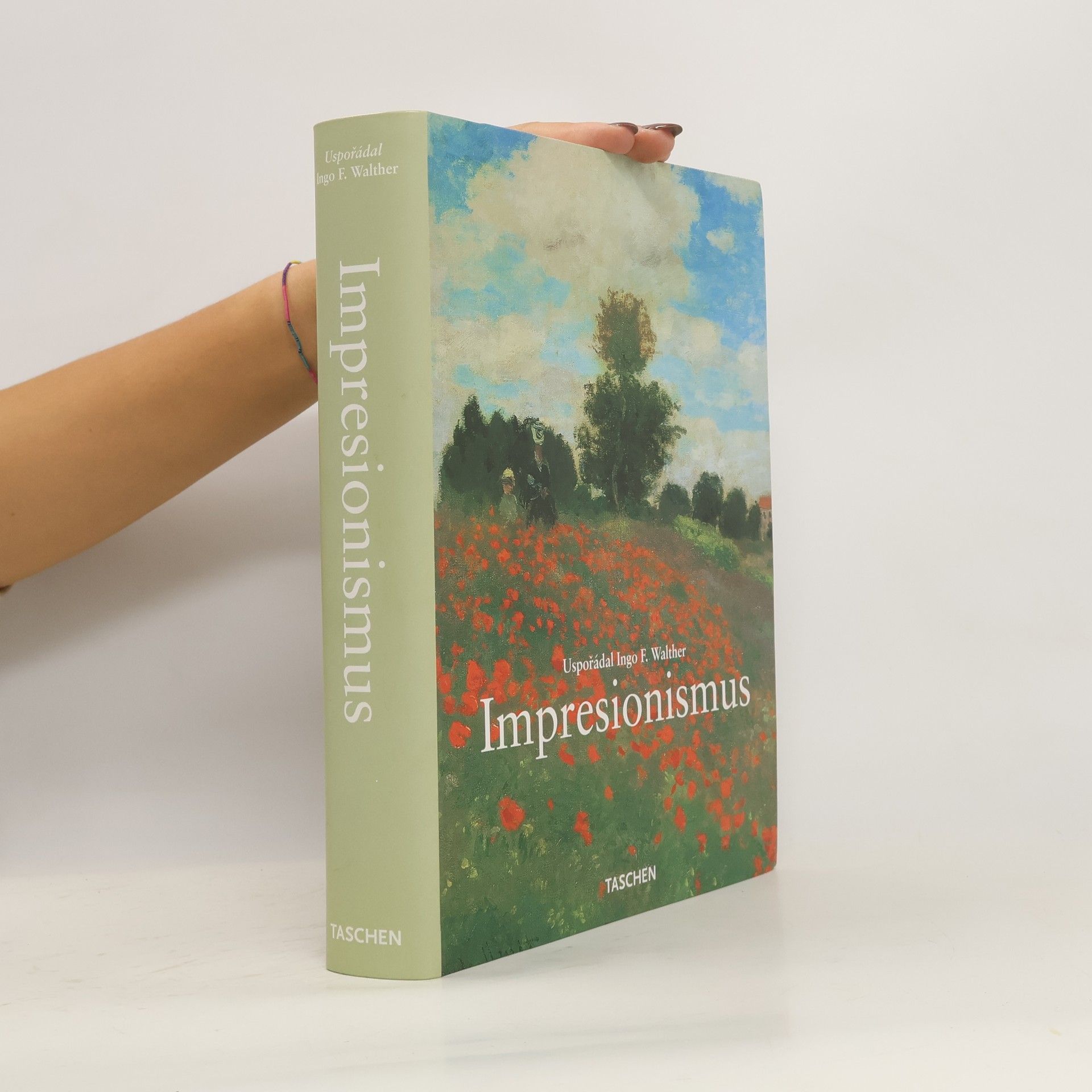Das Kuratorische bezeichnet ein Handlungsfeld, das auf das Öffentlich-Werden von Kunst und Kultur bezogen ist. Trotz der wachsenden Bedeutung, die es in den letzten Jahrzehnten erlebt hat, steht eine Definition der strukturellen Bedingungen, die seinen besonderen gesellschaftlichen Stellenwert begründen, bislang aus. Ausgehend von den Begriffen "Konstellation", "Transposition" und "Gastfreundschaft" beschreibt Beatrice von Bismarck das Kuratorische als einen Praxis- und Sinnzusammenhang mit eigenen Strukturen, Bedingungen, Regeln und Verfahren. Der Fokus ihres Textes liegt dabei auf den Verhältnissen, die das Kuratorische herstellt und die es zugleich konstituieren. Mit Blick auf das dynamische Beziehungsgeflecht menschlicher und nicht-menschlicher Mitwirkender nimmt der Band einen Perspektivwechsel innerhalb des aktuellen Diskurses vor: Anstatt das Präsentations- format der Ausstellung, die Subjektivierungsform der Kuratorin / des Kurators oder die Tätigkeit des Kuratierens in den Vordergrund zu stellen, steht in Abgrenzung zu solchen partikularen Definitionen deren Zusammenspiel im Kuratorischen im Mittelpunkt. Beatrice von Bismarck lehrt Kunstgeschichte, Bildwissenschaften und Kulturen des Kuratorischen an der Hochschule für Grafik und Buchkunst
Beatrice von Bismarck Book order






- 2021
- 2012
Cultures of the curatorial
- 375 pages
- 14 hours of reading
This book aims to map the scope of perspectives from which the curatorial field of knowledge can be discussed. Coming from a variety of disciplines and professional backgrounds, the contributors exemplify and entanglement of theory and practice, consider recent developments within the curatorial field, allow self-reflective analysis, and expo lore the conditions under which art and culture become public
- 2010
Von realer Gegenwart
- 228 pages
- 8 hours of reading
- 2008
Monografie líčí historii impresionistického malířství včetně takzvaného post- nebo neoimpresionismu ve Francii. Poskytuje i přehled příbuzných uměleckých proudů. Součástí publikace je slovník, jmenný rejstřík a stručné životopisy malířů.
- 2005
Grenzbespielungen
- 255 pages
- 9 hours of reading
Das Buch thematisiert die Vorstellung einer zum Raum erweiterten Grenzlinie. Das Thema Grenzüberschreitung und Konstitution von Raum wird vorgestellt von KünstlerInnen und WissenschaftlerInnen verschiedener Disziplinen. Sie machen Grenzen nutzbar für ihre Kritik an und Umformulierung von kulturell, national, sozial, ökonomisch, aber auch disziplinär oder medial bestimmten Grenzen und behandeln die grundsätzliche Frage nach dem Verhältnis von Kunst und Gesellschaft, den Verfahren und der Wirkungsmächtigkeit von auf politische Relevanz zielenden kulturellen Praktiken.
- 2004
Ready to shoot
- 336 pages
- 12 hours of reading
How might television, with its broad public appeal, be used as an artistic medium to further democratise the way art is received? This question formed the point of departure for the conception of the TV gallery Fernsehgalerie Gerry Schum in 1968. This catalogue overs a chronological overview, from Schum’s early commissioned work and the productions of Fernsehgalerie Gerry Schum through to the editions of videogalerie Schum. It contains information previously unpublished, or only contained in catalogues no longer available. The Fernsehgalerie Gerry Schum aimed to focus on radical innovations, to broaden art by transporting it into the world of film as a single unit – which combined both the medium and the work – and also to redefine television as an artistic medium with a mass audience. Instead of private art ownership, communication with a wider audience was increasingly to take the stage. Giovanni Anselmo Keith Arnatt John Baldessari Joseph Beuys Alighiero Boetti Marinus Boezem Stanley Brouwn Pierpaolo Calzolari Jan Dibbets Gino de Dominicis Ger Van Elk Barry Flanagan Hamish Fulton Gilbert & George Michael Heizer Wolf Knoebel Gary Kuehn Richard Long Walter De Maria Mario Merz Dennis Oppenheim Klaus Rinke Ulrich Rückriem Reiner Ruthenbeck Richard Serra Robert Smithson Keith Sonnier Franz Erhard Walther Lawrence Weiner Gilberto Zorio
